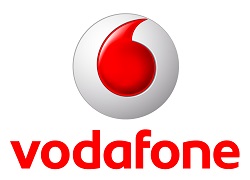Vodafone UK is rolling out carrier-aggregation across three cities this month as it seeks to improve indoor coverage and higher speeds.
The technology will be rolled out to Birmingham, Manchester and London during October, with other cities to follow during the rest of this year and throughout 2015.
The operator said it was planning to aggregate its 800MHz and 2.6GHz holdings, with the former offering greater penetration into buildings and the latter offering greater coverage in areas with high population density.
Vodafone said it was keen to increase the quality of its indoor coverage, with 70 percent of its customers using their smartphones the most indoors.
According to figures from Rootmetrics, Vodafone scored the worst for overall performance among UK operators during the first half of this year. It also came last for reliability, speed, mobile internet and text performance although the report noted the operator was gaining ground on its competitors.
Vodafone UK Technology Director Fergal Kelly said: “This clever technology is the next big step to deliver faster speeds per user and to increase the capacity so more customers can enjoy a great 4G experience when and where they want it.”
During the summer, the Global mobile Suppliers Association said there was a growing number of devices that supported LTE-Advanced networks. It said there were 373 Category 4 terminals, which support speeds of up to 150MBps, and seven Category 6, which can reach speeds of up to 300MBps.
Vodafone’s rival EE is planning to launch a 300MBps LTE-A network at the Wembley national football stadium in London in early 2015. Its first LTE-A network is expected to go live this month, in Tech City in east London.
Read more:
Swisscom launches next step in LTE technology with carrier aggregation



